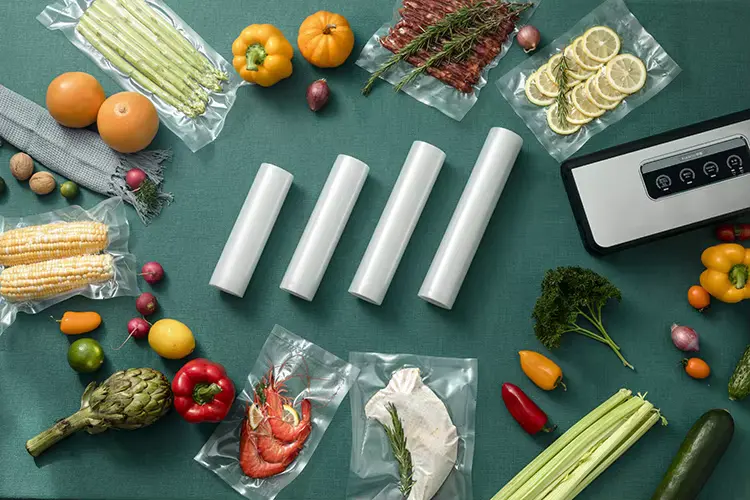WeChat:
+86-189 7322 3283
What’s app::
+86-13630093256
Packaging, shipping, and distributing frozen foods require careful consideration to maintain product quality and safety. With the right packaging materials, such as vacuum bags and stand up pouches, you can ensure that your frozen foods remain fresh and intact throughout the supply chain. Here’s a guide to effectively managing the packaging, shipping, and distribution of frozen foods.

1. Selecting the Right Packaging
The first step in packaging frozen foods is choosing materials that provide adequate protection against temperature fluctuations and physical damage. Vacuum bags are an excellent option for frozen foods as they remove air from the package, preventing freezer burn and extending the product’s shelf life. The airtight seal created by vacuum packaging also helps maintain the food’s flavor and texture.
Another popular choice is the stand up pouch. These pouches are not only durable but also space-efficient, making them ideal for storing and displaying frozen foods. Stand up pouches with resealable zippers offer added convenience for consumers, allowing them to use what they need and keep the rest fresh.
2. Proper Sealing Techniques
Sealing is crucial in frozen food packaging. For vacuum bags, ensure that the seal is tight and free from any air pockets. This will prevent any air from entering and compromising the quality of the food. When using stand up pouches, make sure the zippers or other sealing mechanisms are fully closed after filling. A secure seal is vital to avoid leaks and contamination during shipping and storage.
3. Temperature Control During Shipping
Maintaining the cold chain is essential when shipping frozen foods. Use insulated shipping containers and pack them with adequate ice packs or dry ice to keep the products at the required temperature throughout transit. It’s also important to choose a reliable shipping carrier experienced in handling perishable goods, ensuring they have the necessary equipment and procedures to keep your frozen foods frozen.
4. Efficient Distribution Strategies
Distribution of frozen foods requires speed and efficiency to prevent thawing and spoilage. Consider working with distributors who specialize in frozen goods and have the proper infrastructure, such as refrigerated warehouses and trucks. Streamlining the distribution process, from packaging to delivery, will minimize the time your products spend in transit, helping maintain their quality.
5. Labeling and Compliance
Proper labeling is critical for frozen food packaging. Ensure that all packaging clearly displays important information, such as expiration dates, storage instructions, and handling guidelines. Compliance with local and international regulations is also essential, especially when distributing frozen foods across different regions.
Conclusion
Successfully packaging, shipping, and distributing frozen foods involves careful planning and the use of high-quality packaging solutions like vacuum bags and stand up pouches. By selecting the right packaging materials, ensuring proper sealing, maintaining temperature control during shipping, and working with efficient distribution partners, you can protect the quality of your frozen foods and ensure they reach consumers in the best possible condition.